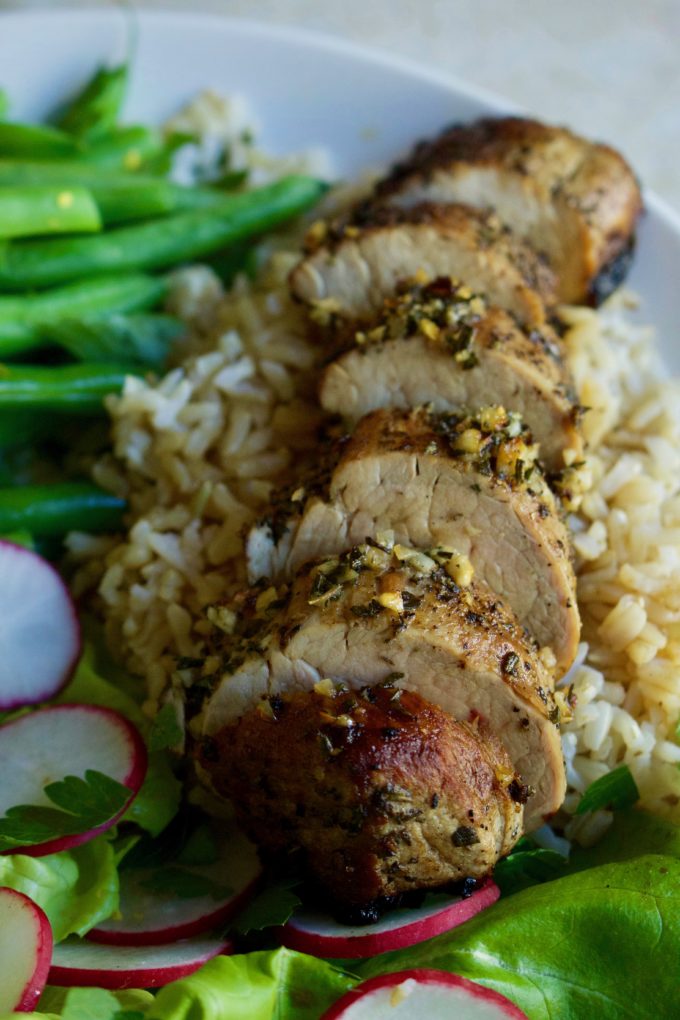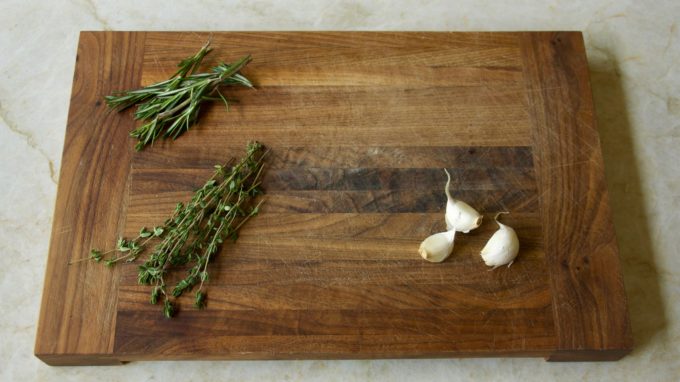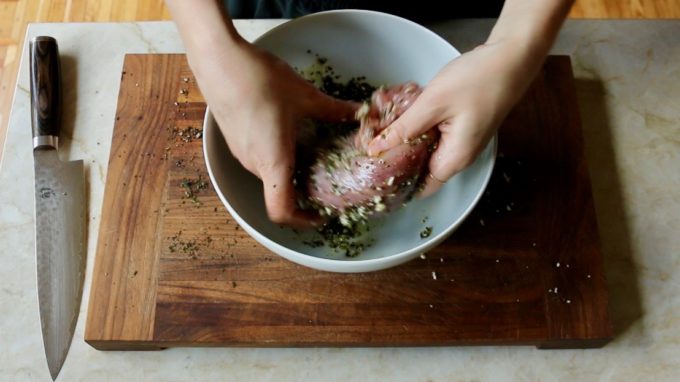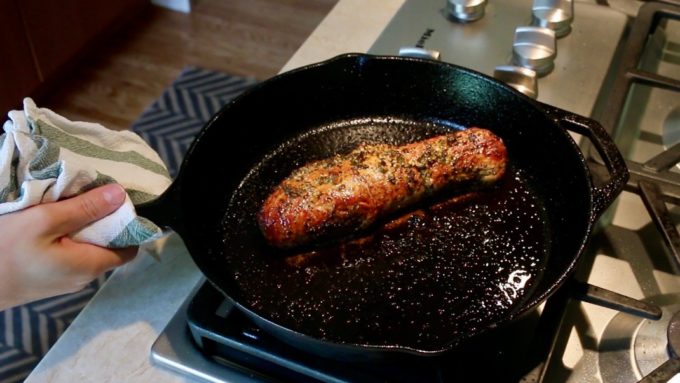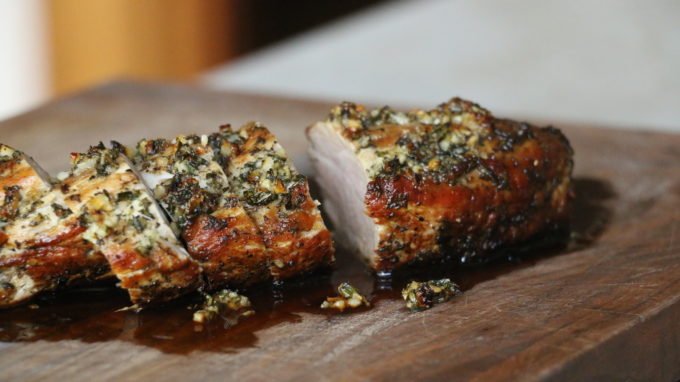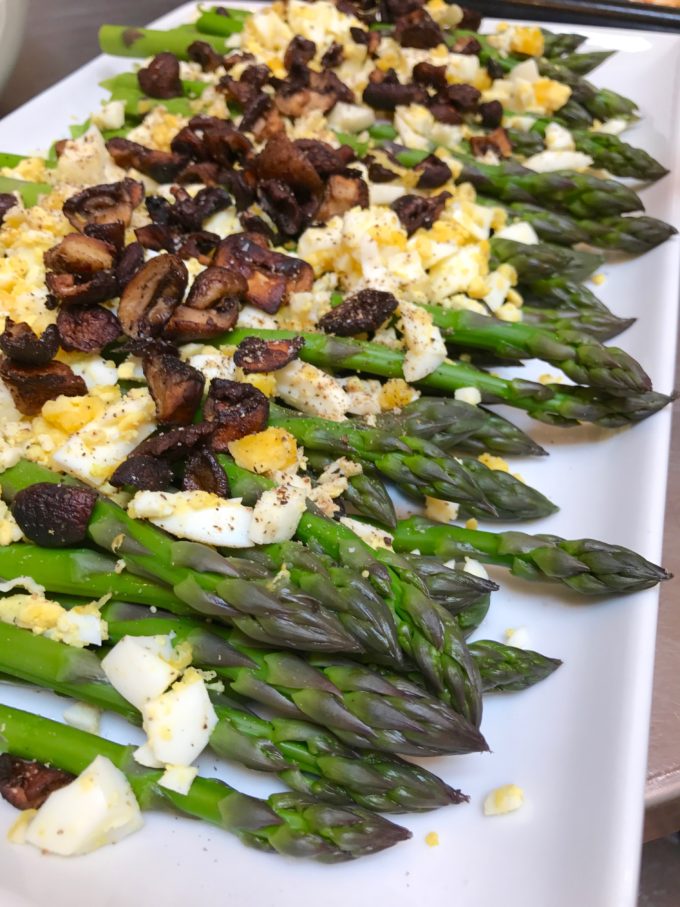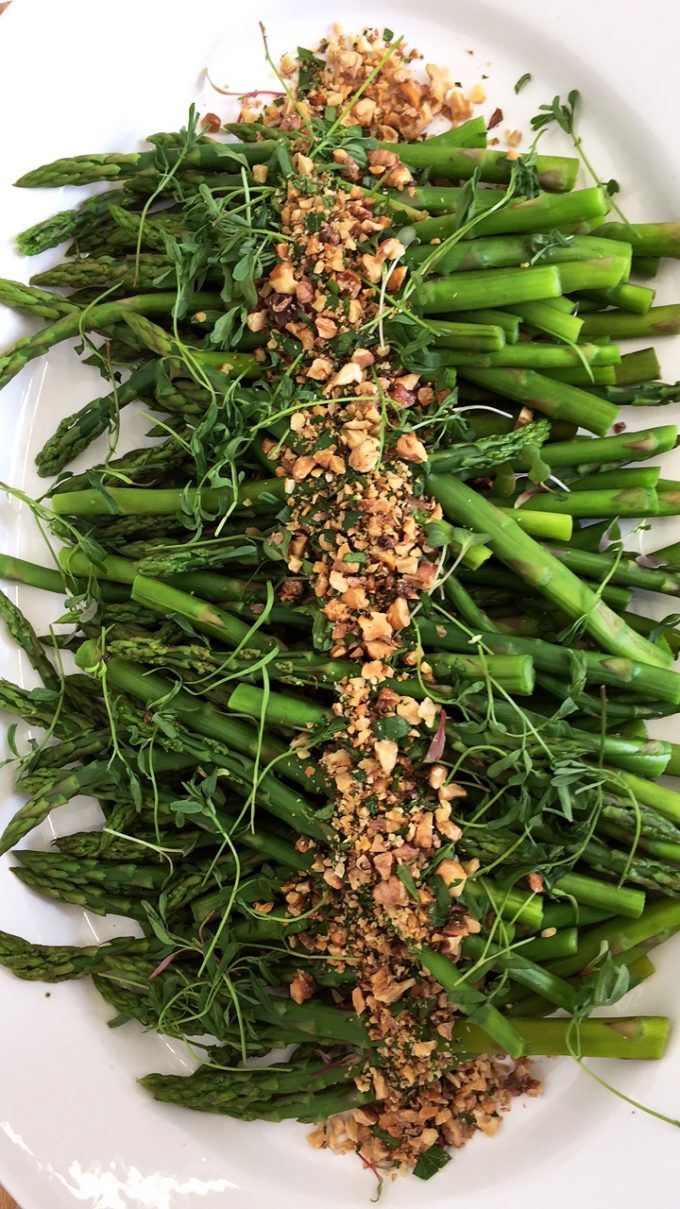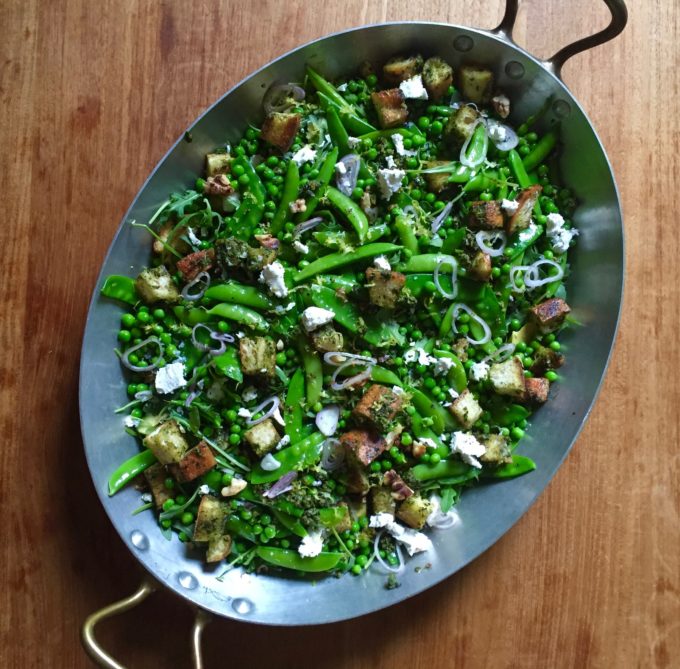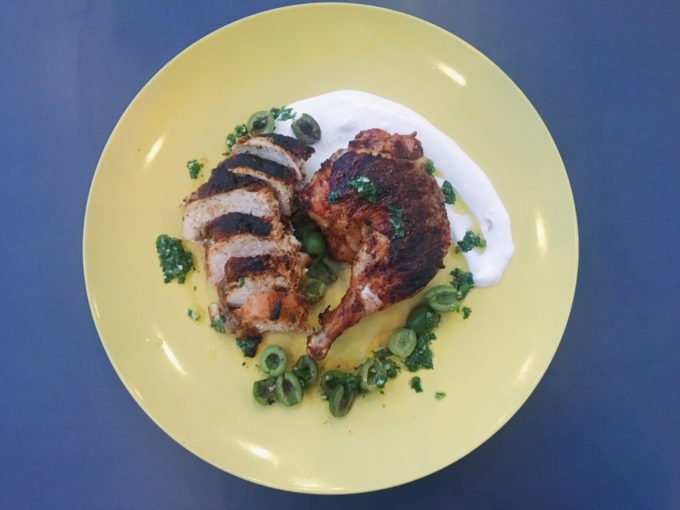
Summer weather has finally arrived in New York City and with that an entirely new world of possibilities has opened up. Picnics in the park, drinks at a rooftop bar, and weekend beach escapes are just a few of the many options that New Yorkers have as an outlet to beat the scorching heat. Personally, I think nothing screams summer more than a barbecue.
Grilling outside feels primal somehow. Cooking outdoors over an open flame harkens back to the very first cooking methods, and even though we have evolved, it is still one of the most delicious. I love the crisp char of grilled meat or vegetables coupled with the smoky aroma that they release into the breeze. Over time, I have learned through trial and error what works best on the grill versus what proves to be a very messy or frustrating experience. In the end, the biggest problem for me has always been striking the balance between having an enjoyable outdoor grilling experience while keeping in mind that I live New York City, a place with almost no nature and an extremely low tolerance for open flames.
Once, about a year back, I got the opportunity to take a day off from chef life and attend a backyard party in the Lower East Side. The afternoon was beautiful, the drinks were flowing and the vision of so many “artisanal” bratwursts was a sight to behold. I watched as the grill was piled with burgers, steaks and franks. The grill cracked and popped at the influx of raw ingredients and flames began to lick up over the grate. The grill was obviously overloaded, but I was hesitant to jump into chef mode. Onlookers observed as the small flames and wisps of smoke steadily grew. The mood quickly escalated into panic as a full-fledged fire emerged and began to dance around the telephone wires six feet up. All ended quickly and safely but I have been forever traumatized by my first New York City grilling experience.

I have since dedicated much time and practice to learning the art and grace of outdoor grilling. Cooking on my own rooftop has become an amazing dinnertime ritual now that the weather allows and the sun stays up later. Rian and I frequently experiment with new glazes or rubs, so I thought I would share last night’s delicious endeavor of grilling a butterflied chicken. This was a play on a chicken tagine that we have been making for clients of late. The result wa
s a charred and flavorful crust that gave way to tender and juicy meat. We enjoyed the entire bird over a swoosh of Tahini Yogurt and topped with a drizzle of mint chimichurri. I have since decided that I never want to go back to traditional roasting.
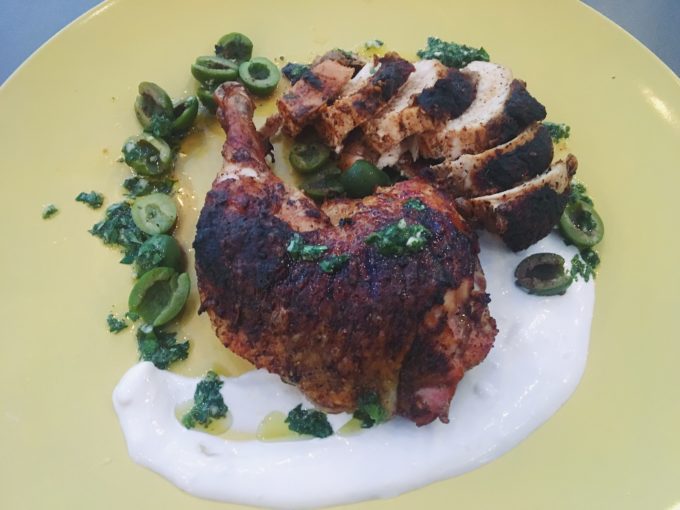
For the Chicken:
1 Chicken, butterflied
1 tbs chili powder
1 tbs Cumin
3 cloves Garlic, minced
1 tbs Smoked paprika
1 tbs Ground Coriander
1 tbs olive oil
For the Chimichurri:
1/2 cup cilantro
1/2 cup mint
1 clove garlic
2 tbs parsley
1/4 cup lime juice
1/2 cup olive oil
pinch of salt
To make the chimichurri: combine all ingredients in a food processor and pulse until chopped finely. Allow to rest and develop the flavors.
To make the chicken: In a bowl, combine the spices, garlic and olive oil until a paste forms. Rub the paste under the skin of the chicken and on top until evenly coated. Sprinkle a liberal amount of salt and pepper on top and head toward the grill!
Turn the grill on medium high and cook skin side down for 15 minutes. Flip the chicken and continue to cook for an additional 30 minutes or until internal temperature reaches 160 degrees. Allow to rest for 10 minutes before carving. Serve scattered with cracked green olives, a dollop of tahini yogurt and a drizzle with chimichurri.
With Love, Kristina


